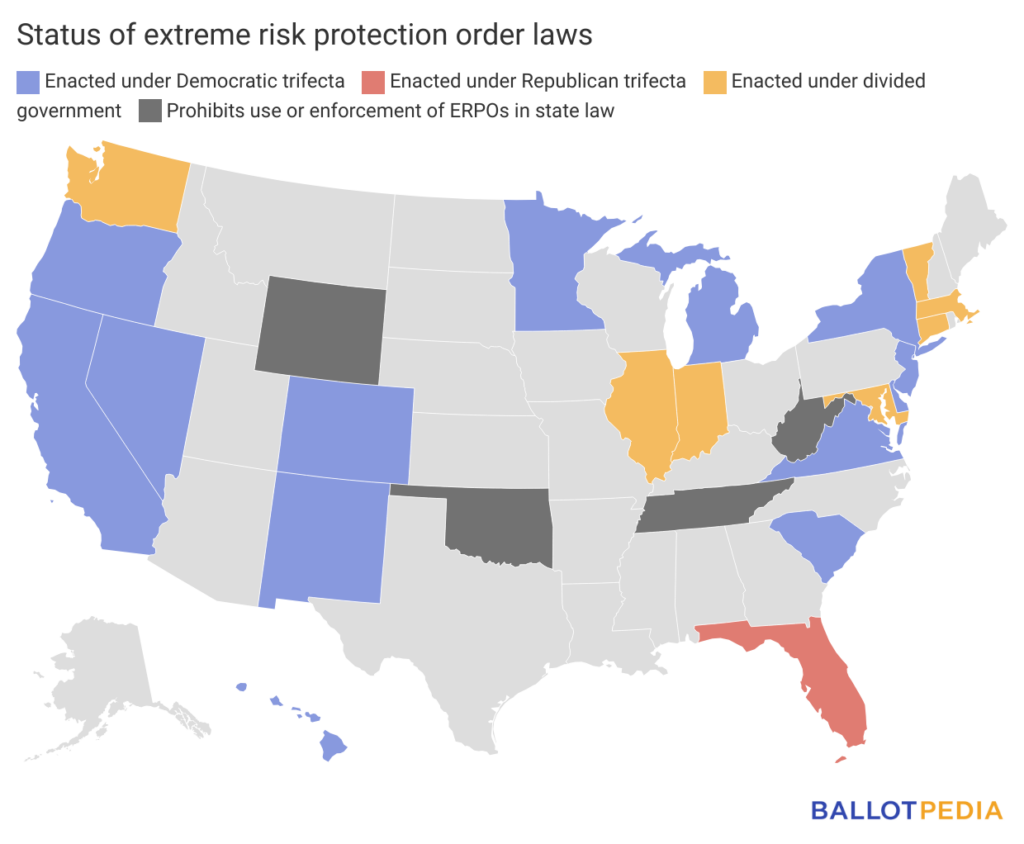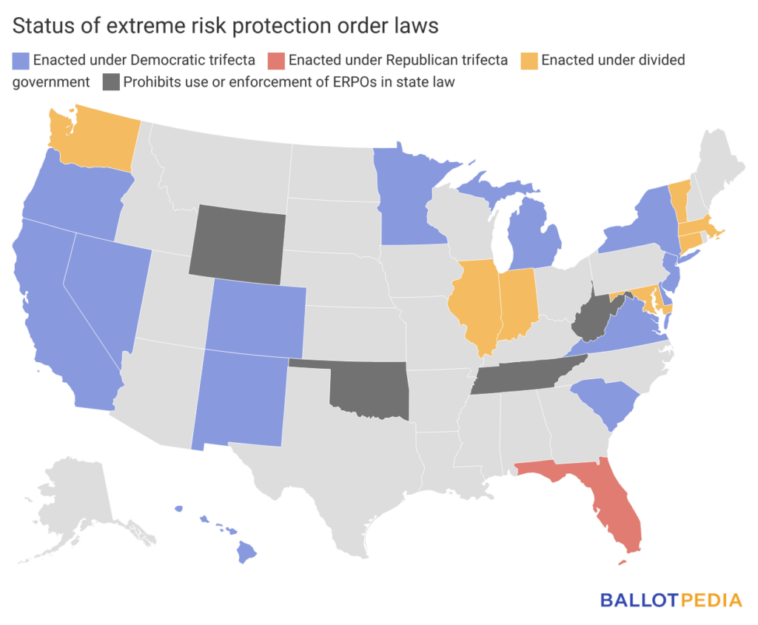
Legal Implications of Website Security Verification
The Tricky Parts of Cybersecurity in Online Media
The increasingly digital world we reside in today is riddled with tension when it comes to data reliability and security. Websites and digital platforms, such as www.fingerlakesdailynews.com, have to regularly ensure the safety of their users by continually revising their security measures. Enhancements in cybersecurity are now a must-have feature of any digital platform that respects the privacy and security of its audience. This is especially important for news websites handling vast amounts of data daily.
Intimidating Aspect of Security Verification
The first step towards data integrity in most digital platforms is security verification—a process that can be off-putting for many users, especially those uncomfortable with technology. The purpose behind this security measure is to verify a user’s identity, ensuring it’s a human on the other side and not a malicious bot trying to infiltrate the site or the user’s data. This Identity Verification Process (IVP) can be nerve-racking for many who perceive it as an invasion of privacy, adversely affecting their user experiences.
Diving into Performance & Security Checks
As we take a closer look, website administrators regularly perform security performance checks assisted by cybersecurity firms like CloudFlare. These checks aim to safeguard both the website and its users from potential cybersecurity threats. They often involve assessing the performance and security strengths of each user’s connection before granting access to the website’s content. However, the security mechanisms can sometimes result in decreased website performance, which is a complicated piece that administrators need to juggle.
Tackling the Site’s Unique Identifier: The Ray ID
Associated with each security check is a unique identifier, such as the Ray ID, which traces and monitors the activity of a particular user during a session. While these identifiers are critical for maintaining cybersecurity, they are full of problems when it comes to user privacy. With the recent developments on international data protection regulations, how these identifiers are used and stored presents a complicated issue for online media companies to navigate.
Finding Your Way around Performance and Security Balancing Act
Striking a balance between providing high-quality website performance and ensuring stringent security checks can be a maze-like task for website administrators. Steer through this fine line necessitates assuming the dual role—an enforcer maintaining security measures and a service provider facilitating a seamless user experience. For online news websites dealing with significant web traffic and the delivery of breaking news, this balancing act can become even more challenging.
Managing Your Way through Emerging Legal Frameworks
Legal compliance adds another level of complexity to the online platform’s security strategy, which includes the EU’s General Data Protection Regulation (GDPR) and California’s Consumer Privacy Act (CCPA). These legislations ensure the protection of users’ data rights and prompt website administrators to revise and update their security verification processes accordingly, making the path of adhering to these legalities somewhat convoluted.
Security Verification: A Key but Slight Difference in User Experience
Despite the technical and legal challenges that come with operating a secure online platform, user experience is pivotal. Security checks, while necessary, should not be an overwhelming hurdle for users. The manner in which these checks are applied—the subtle details, the timing, and the effort required from the user—can distinguish an average user experience from an outstanding one.
Concluding Notes: Essential Steps towards Trustworthy Digital Experience
To summarize, the realm of website security verification is filled with tangled issues involving technical integrity, legal repercussions, and user experience. However, these checks are vital for providing a safe user experience, upholding the website’s reputation, and reducing legal risks associated with potential data breaches. As the digital world progresses, it’s clear that security verification will continue to be an enduring, albeit challenging, part of our online encounters.
Originally Post From https://www.fingerlakesdailynews.com/regional-state-congressional/new-law-strengthens-states-red-flag-law
Read more about this topic at
SimpleX Chat v4.4 released – with disappearing messages …
Opening a bank website in a browser started in normal mode


